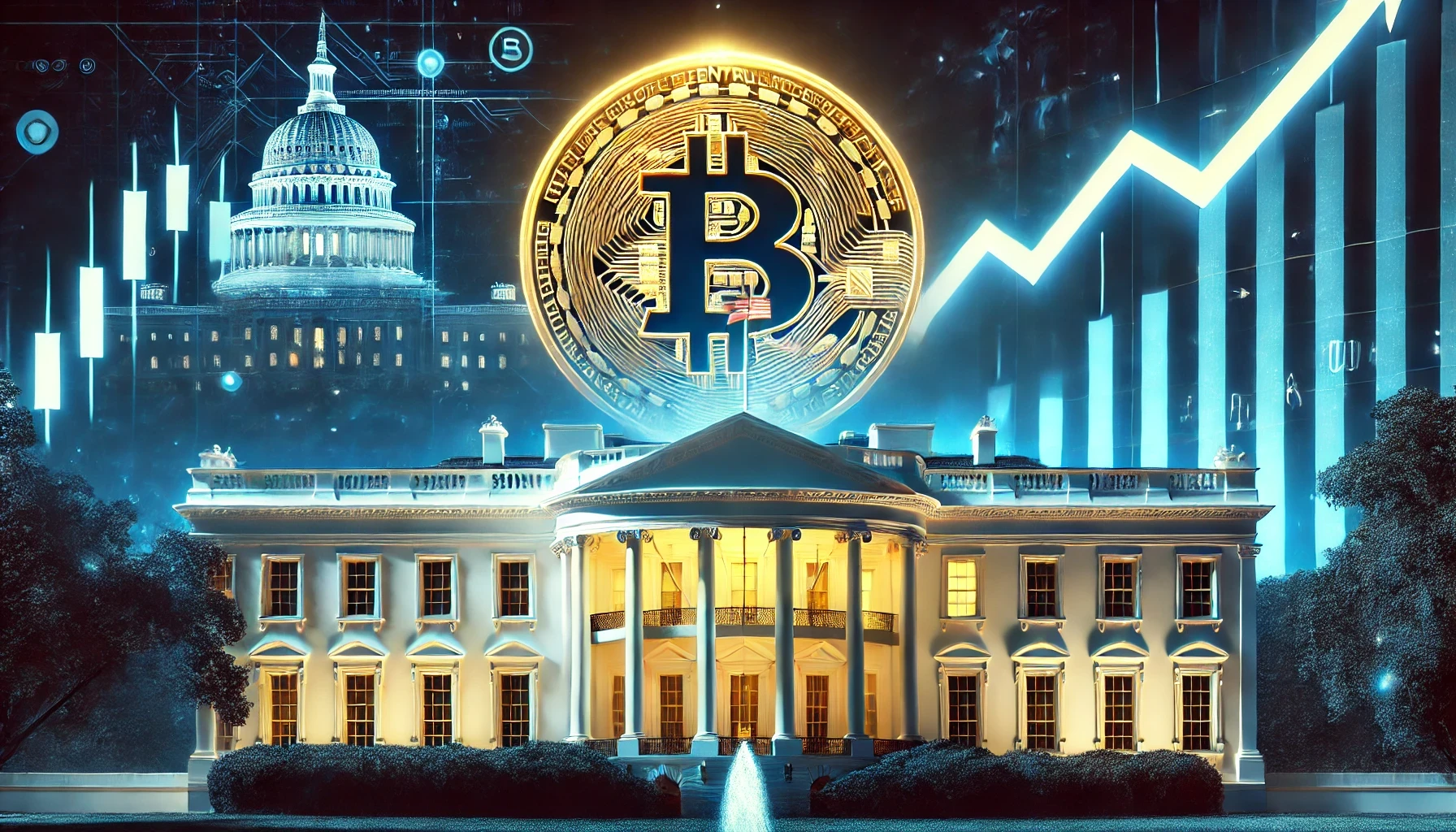1. Setting the Stage: The 2016 Election and Economic Uncertainty
The 2016 U.S. presidential election was one of the most polarizing in modern history. Donald Trump’s victory defied polls and shocked global markets, causing an immediate spike in volatility.
The Dow Jones dropped over 800 points in futures trading the night of the election.
Gold, a traditional safe-haven asset, rose sharply as investors scrambled for stability.
Bitcoin, often referred to as "digital gold," began to emerge as a similar refuge during times of economic uncertainty. Trump’s victory underscored geopolitical risks, including concerns over trade wars, deregulation, and protectionist policies. These factors contributed to Bitcoin's growing allure as a hedge against traditional financial systems.
2. The Role of Trump’s Policies in Bitcoin’s Ascent
Trump’s presidency brought policies that indirectly encouraged Bitcoin adoption and value growth:
Tax Reforms: The Tax Cuts and Jobs Act of 2017 fueled corporate investment, including in blockchain technology and cryptocurrencies.
Regulatory Ambiguity: Trump’s administration didn’t impose heavy-handed regulations on crypto markets, leaving space for innovation and speculation.
Economic Nationalism: Policies like the U.S.-China trade war created uncertainty, driving investors toward decentralized assets like Bitcoin.
Bitcoin benefited from being perceived as an asset uncorrelated to traditional markets, thriving amid the economic unpredictability Trump’s policies introduced.
3. Bitcoin as a Hedge Against Inflation
Trump’s administration saw a massive increase in federal spending, leading to concerns about national debt and inflation. As the Federal Reserve responded with a dovish monetary policy, fears of dollar devaluation grew.
Investors started viewing Bitcoin as a potential inflation hedge, akin to gold.
Bitcoin’s finite supply—capped at 21 million—contrasted sharply with the Federal Reserve's quantitative easing policies.
The narrative of Bitcoin as “digital gold” gained traction, leading to increased retail and institutional investment.
4. Media Attention and Retail FOMO
Trump’s presidency brought unparalleled media coverage, which extended to markets and emerging technologies like blockchain. His often-controversial tweets kept financial markets on edge, driving interest in alternative assets.
The 2017 Bitcoin bull run was fueled in part by increased media exposure, much of it indirectly tied to the economic uncertainty of Trump’s tenure.
Retail investors, driven by fear of missing out (FOMO), entered the market en masse, pushing Bitcoin's price from around $700 in 2016 to nearly $20,000 by the end of 2017.
5. Institutional Interest During Trump’s Presidency
While retail investors drove early Bitcoin gains, Trump’s presidency saw the entry of major institutional players into the cryptocurrency space.
Financial giants like Fidelity, CME Group, and Grayscale began offering crypto products.
The launch of Bitcoin futures in December 2017 legitimized the market for large-scale investors.
Trump’s deregulatory stance likely contributed to the increased willingness of institutions to explore Bitcoin, further stabilizing and driving its value upward.
6. Long-Term Impact and Legacy
Donald Trump’s presidency left a lasting impact on Bitcoin and the broader cryptocurrency market:
Normalization of Cryptocurrency: The unprecedented rise in Bitcoin’s value during Trump’s tenure helped normalize cryptocurrencies as a legitimate asset class.
Increased Adoption: The economic volatility of Trump’s presidency accelerated global adoption of Bitcoin as a store of value.
Policy Precedents: Trump’s regulatory ambiguity laid the groundwork for future administrations to consider cryptocurrencies more seriously.
